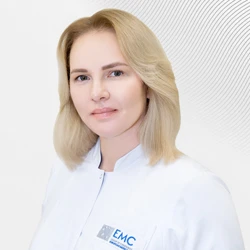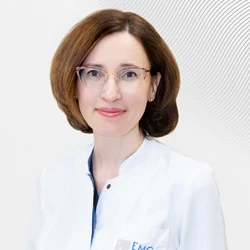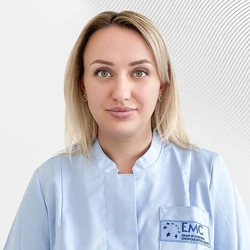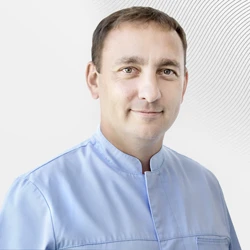Epilepsy is a common chronic neurological disease that affects children and adults at any age. With timely treatment and adherence to a certain lifestyle, most patients manage to get rid of attacks of the disease and lead a habitual lifestyle.
Causes of epilepsy in children
In most cases, epilepsy is caused by genetic factors – up to 70% of patients. This does not mean that relatives are required to have seizures, the disease may be in the sole family member, and the risk of inheritance is generally low. In other cases, the causes may be the effects of injuries, tumors, hemorrhages, and other physical brain damage.
Symptoms of epilepsy in children
-
The symptoms of the disease are diverse, they depend on the form of the disease. The main external manifestations include:
-
in the early years of life: convulsions and "flinching" of the body (infantile spasms)
-
cramps all over the body
-
cramps in any area: face, one arm, half of the body, eye or eyelid twitching
-
blackouts without seizures (absences)
Classification of epilepsy in children
According to the recommendations of the International Antiepileptic League (ILAE), the disease is classified mainly by cause and type of seizures.:
-
Generalized forms in which two hemispheres of the brain are simultaneously involved in an attack
-
Focal shapes with onset of an attack in one hemisphere
-
Structural forms of epilepsy with physical impairments in the cerebral cortex
-
Genetic forms of epilepsy
-
Metabolic, immune forms of epilepsy, etc., depending on the cause of the disease
Diagnosis of epilepsy in children
The diagnosis of the disease is determined by the nature of the seizures. Before the doctor prescribes an examination, a face-to-face examination of the patient and consultation with the parents are necessary. It is always recommended to bring a video recording of the attack to the appointment, which will help the doctor determine the first steps in diagnosis.
First of all, electroencephalography (EEG) is often prescribed. On the EEG, you can see a picture of the electrical activity of the brain and its changes associated with epileptic seizures. In many patients, a standard short EEG is uninformative, so in some cases it is necessary to perform video EEG monitoring, preferably with recording of the seizures themselves. This is a much more reliable diagnostic method that allows you to identify the source of seizures, confirm the diagnosis or exclude it. Such a study is performed for several hours or days, depending on the characteristics of a particular patient.
In addition to the EEG, magnetic resonance imaging (MRI) of the brain is performed in most cases. An MRI scan does not show the presence of epilepsy, but it helps to identify the damaged areas of the brain in which an attack is generated. These areas may turn out to be tumors, congenital anomalies, changes after injuries and circulatory disorders, etc.
Neuropsychological diagnostics is also indicated for patients with suspected epilepsy. It can help clarify how seizures interfere with a child's cognitive functions. In addition, testing clarifies the localization of a specific area of the brain where the source of seizures is assumed. As part of neuropsychological diagnostics, tests are performed on the child's attention, speech and memory, which are an important component for making a definitive diagnosis.
If a patient is suspected to have a genetic form of epilepsy, then a molecular genetic study is recommended. There are methods for detecting changes (mutations) in genes that cause epilepsy.: exome sequencing, or sequencing only certain sets (panels) of genes. Based on the results of such studies, it is often possible to understand whether epilepsy will go away on its own, whether the disease will progress, what is the potential of the intended treatment and side effects from it, and whether this form of the disease can be inherited.
Treatment of epilepsy in children in EMC
Treatment of epilepsy can be medical or, in some cases, surgical. In EMC treatment of epilepsy is carried out in accordance with international standards and requirements of the International Antiepileptic League.
Drug treatment is necessary to reduce the frequency of seizures, and in the future – in order to achieve complete remission. The drug is prescribed taking into account the type of attack, the form of epilepsy, and the presence of concomitant diseases. In the absence of seizures and serious side effects, treatment continues continuously for several years, after which it is possible to completely cancel the drugs. Treatment is always carried out under the supervision of a doctor. At EMC, patients always have the opportunity to promptly contact their doctor in case of an acute condition or to clarify other issues.
Surgical treatment may be indicated if the patient has focal brain damage leading to seizures. In such cases, surgery is often necessary so that epilepsy does not lead to developmental delay in the child.
Prevention of childhood epilepsy
It is impossible to predict the occurrence of epileptic seizures if they have never occurred. Even if you do an EEG and see epileptiform activity, the likelihood of seizures will remain unclear — many healthy people have pathological EEG changes that do not manifest themselves in any way. However, if the patient has already been diagnosed with epilepsy, then seizure prevention may be possible depending on the symptoms of the disease. For example, if a child has seizures in response to light flashes, then it is necessary to limit playing on the computer or watching TV, because, for example, some video games contain flashing images that can provoke seizures. Specific preventive measures will be recommended by the doctor, depending on the indications and the patient's condition.
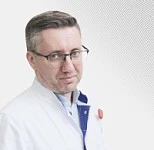







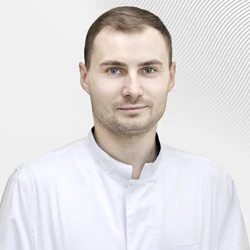
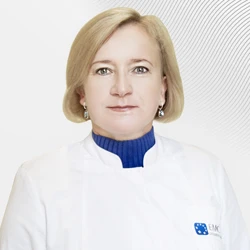
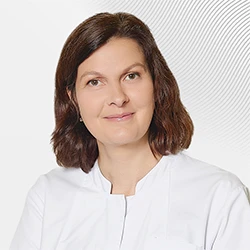
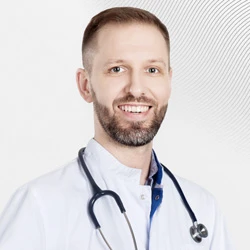
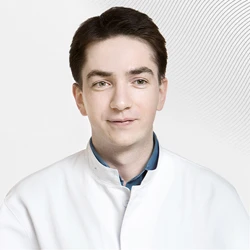
.webp)
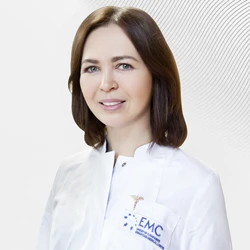

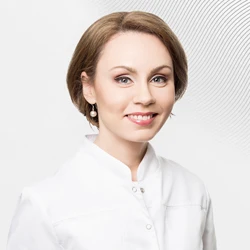

.webp)
